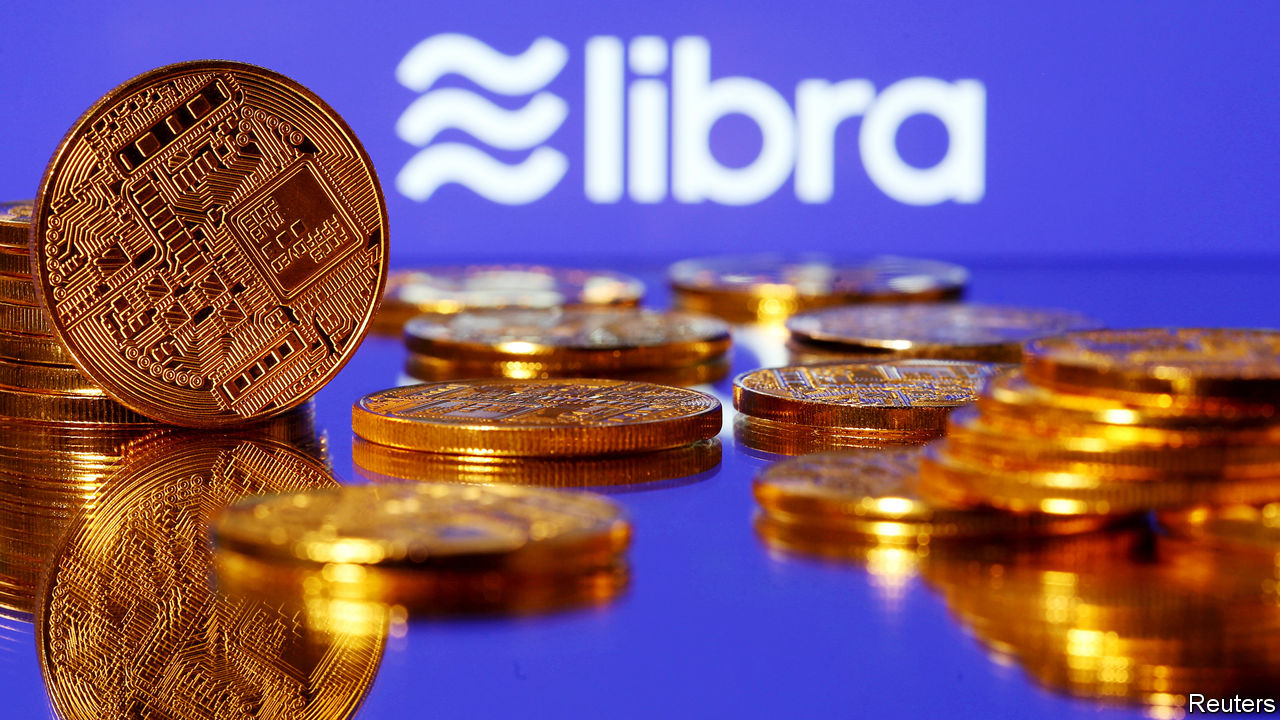The White House has published its “Strengthening American Leadership in Digital Financial Technology Report,” effectively outlining its entire position on the future of the digital asset industry in the United States.
The report, which sits at a whopping 166 pages, was prepared by the President’s Working Group on Digital Asset Markets. It is among the most comprehensive records of a government’s attitude toward the industry to be released.
The document makes no effort of masking its intentions: it casts ‘crypto’ as a key pillar of American innovation in the 21st century:
“The American story is one of innovation. From the railroads that linked sea to shining sea, to the internet that connected the entire world, American entrepreneurs have led the buildout of next generation technologies in every generation since our founding. Crypto should be no different.”
It contains dozens of recommendations aimed at regulators, financial institutions, and government departments that, by its own words, are intended to “ensure crypto becomes a hallmark of the new American Golden Age.”
In many respects, the recommendations follow those outlined in the CLARITY Act, which was recently passed in the House of Representatives. For example, it seeks to define the regulatory purviews of the Securities and Exchange Commission (SEC) and Commodity Futures Trading Commission (CFTC) with regard to the digital asset industry. Under the recommendations in the report, as with the CLARITY Act, the SEC would continue to be responsible for digital asset securities. The CFTC would be responsible for the spot digital asset market to the extent that those assets are not securities.
But there’s also an emphasis on each of these regulators collaborating in a larger role by ensuring their rulemaking does not overlap or contradict one another. The report clearly contemplates one of the results of this collaboration being the ability for firms registered with either regulator to be able to offer a multitude of financial services into one business model. Such an arrangement would be complicated under the present regime and require one business model to be registered with multiple regulators that may have rules that contradict or are duplicative of one another.
There is also some notable commentary on decentralized finance (DeFi), specifically the notion of decentralization. The report appears to caution regulators and lawmakers against assuming that decentralized applications are still subject to legacy regulatory regimes, such as the Bank Secrecy Act’s treatment of money services businesses:
“Without the ability to exercise control over user assets or funds, a software application may not transmit money or exchange currency, and therefore might not be subject to the BSA as a money services business.”
Yet there’s also scepticism around whether so-called decentralized services should escape regulation:
“If a product or service is operated, managed or otherwise controlled by a business and facilitates access to a DeFi system engaged in otherwise regulated activity, that product or service should be subject to regulation accounting for underlying regulated activity and pursuant to the principles of fair competition, consumer protection, conflicts of interest, integrity of code, cybersecurity standards, and other principles as appropriate.”
Special care is taken to address the stablecoin question, too. The report casts stablecoins as a key asset for furthering American leadership and warns that neglecting stablecoins could have negative consequences for the United States.
“Innovations in payments have the potential to strengthen America’s leadership, reduce costs for businesses and consumers, and bring the benefits of technological advancements to payments. Both domestically and internationally, the United States has the opportunity to shape the development of new payment arrangements and, through this effort, reinforce U.S. global financial leadership.”
“If U.S. leadership is absent, new types of alternative payment arrangements could be developed that may not share U.S. interests and values and could pose risks to U.S. economic and national security.”
The report singles out stablecoins as being particularly relevant to the continuing dominance of the U.S. dollar.
There’s also a hefty section on Taxation, where it is recommended that a custom regime accounting for the unique characteristics of digital assets should be adopted. It also seems to suggest that payment stablecoins should be treated similarly to cash equivalents. In any case, it directs legislators to ‘consider the applicability of existing federal income tax rules that could impede the widespread use of payment stablecoins as financial assets’.
Other areas touched on by the report include cybersecurity and privacy as balanced against the need for supervision.
The very last section of the report addresses the much-discussed Bitcoin Strategic Reserve, announced by President Trump back in March. There is little substantive update: it reiterates recommendations already made by the Treasury regarding what such a reserve might look like. All the report says is to next steps is that the Treasury “will continue to coordinate with the White House and other members of the Working Group to move forward with appropriate next steps to operationalize the Reserve and the Stockpile for the benefit of the United States government and taxpayers.”
Read the report in full here. Read the White House’s fact sheet here.
Watch: Breaking down solutions to blockchain regulation hurdles

















 English (US) ·
English (US) ·